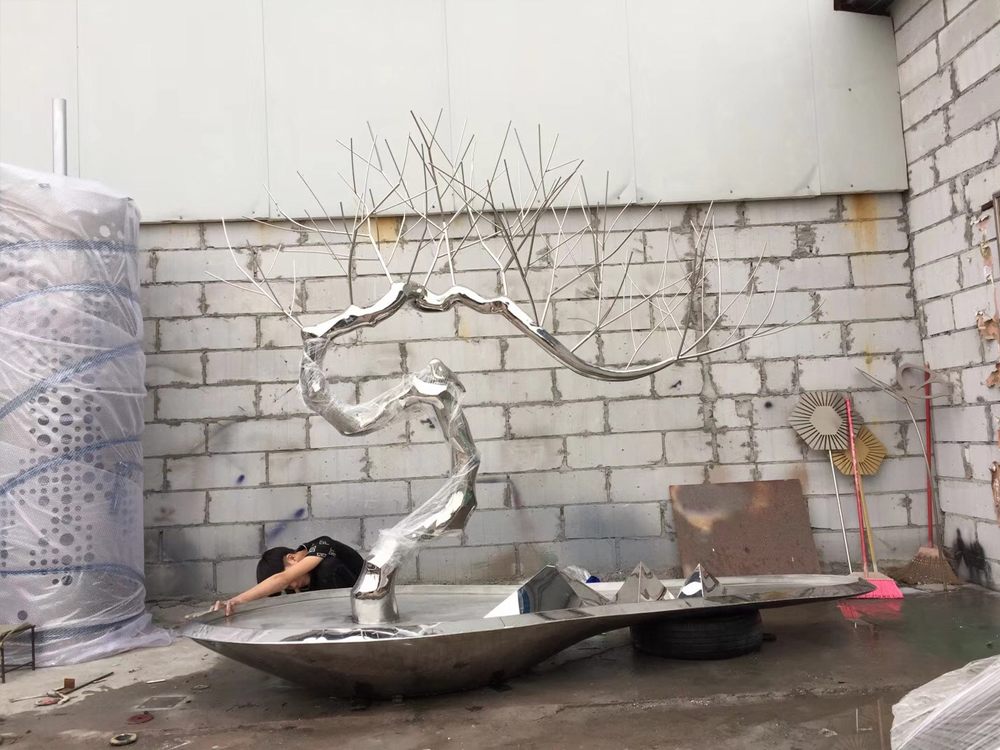
Stone carving is a timeless art form, but the techniques used can vary dramatically. Two primary methods dominate the field: additive and subtractive stone carving. Understanding their differences is essential for artists and enthusiasts alike.
Subtractive Stone Carving
This traditional technique involves removing material from a solid block of stone to reveal the desired form. Artists use chisels, hammers, and grinders to chip away excess stone, gradually shaping the sculpture. The process demands precision, as mistakes are difficult to reverse. Michelangelo’s "David" is a famous example of subtractive carving, where marble was meticulously removed to create the masterpiece.
Additive Stone Carving
In contrast, additive carving builds a sculpture by adding materials like clay, wax, or stone fragments to a base structure. This method allows for greater flexibility, as artists can adjust or rework sections easily. Modern sculptors often use adhesives or armatures to secure added elements. Additive techniques are ideal for complex designs or when working with fragile stones.
Key Differences
1. Process: Subtractive carving removes material; additive carving builds it up.
2. Flexibility: Additive methods allow easier corrections, while subtractive carving is more rigid.
3. Tools: Subtractive relies on chisels and hammers; additive uses adhesives and modeling tools.
4. Outcome: Subtractive works often have a monolithic look, while additive pieces may appear layered.
Choosing between these techniques depends on the artist’s vision, material, and desired level of detail. Both methods offer unique creative possibilities, enriching the world of stone sculpture.

